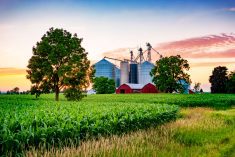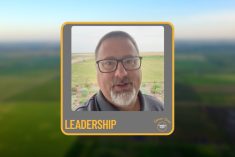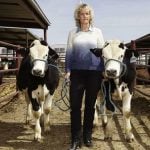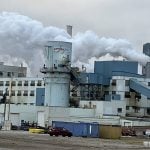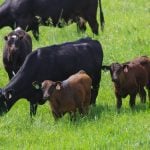It was the shot that re-ignited the horespower war. Back in 2005, Winnipeg-based Versatile launched its HHT line with a flagship tractor boasting an unheard of 535 horsepower. That gave it 35 more horses than either John
Deere’s 9620 or Case IH’s STX500, which were among the leaders until then. But it was hardly the final blast.
Within five years, manufacturers were hitting the 600 mark, bumping their biggest models by 100 horsepower in barely half a decade. Without question, it was the fastest-ever race up the power ladder for production-line tractors.
Read Also
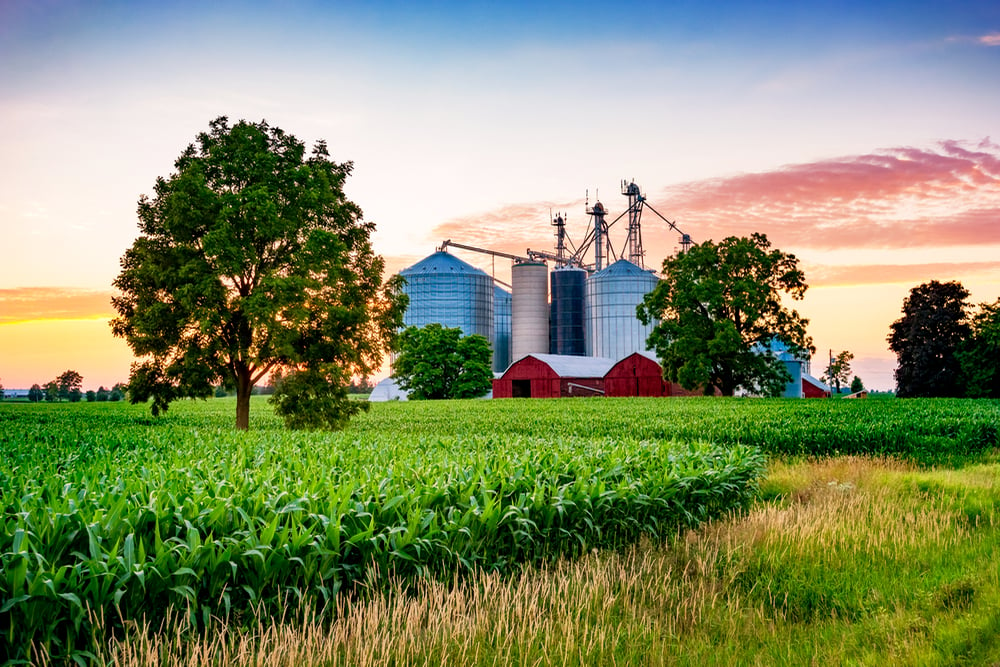
The wildly adaptable side of next gen agriculture
Some people just fall into the world of agriculture — and consider themselves lucky to have stumbled into such a…
Now we have to ask, where will the next five years take us? Equally important, if you give a pass to these big brutes, will you be missing out on crucial technologies too?
Those are questions that are also getting asked at the Nebraska Tractor Test Lab, North America’s leading organization for independent analysis of tractor performance. Similar to the way farmers had to up their equipment lines to take advantage of the past decade’s new horespower opportunity, Nebraska had to update their facility to keep pace too.
The lab is one of a handful of organizations around the world that participate in established OECD tractor-testing procedures. Its objective is to keep manufacturers honest and give farmers an independent source of performance data on all new agricultural tractors rated above 40 horsepower.
Part of the effort to increase the lab’s ability to test ever-larger tractors involved widening the concrete test track where drawbar performance is measured. “We rebuilt out test track four years ago,” says Roger Hoy, the lab’s director. “One reason for doing it was the old track was 50 years old and starting to fail. Another major change was extending the width out from 15 feet up to 22 feet so we could accommodate the very large tractors that are coming along these days.”
About the same time as its recent track update, the lab purchased a new load car to measure even higher drawbar pulls than it previously could. Back in the 1950s and 1960s, a small load car was all it took to test a tractor’s drawbar power to the limit. Today, by contrast, the new version had to be built on the chassis of a Caterpillar off-road articulating truck, which weighs about 100,000 pounds.
But it may be a while before they need to go back to the shop. “Our limit right now for our load car is 75,000 pounds of pull, but nobody’s pushed us to 60,000 yet,” says Hoy. “We’ve got some room to grow.”
The same goes for its PTO tests, where in theory the lab can handle up to 750 or even 775 horsepower.
The reason is because the lab is focused on testing new Interim Tier 4 engines, and then will need to test those meeting the highest emissions level, Tier 4 Final. “That will easily take us up to 2015 or 2016,” says Hoy.
So, how fast will manufacturers will begin pushing the horsepower limits? Actually, insiders say a de facto armistice has been declared in that marketing skirmish — at least for the time being, so the lab’s equipment should be sufficient to continue testing for some time.
Or maybe it’s just that the competition is shifting to new ground. The next generation of tractors could soon involve some very different, additional processes, long before the lab reaches its horsepower capacity.
“The challenges keep changing,” says Hoy. New and emerging technologies have him looking down the pike with an eye to which new systems will eventually need to be tested and how the lab will manage to do it. “There are new technologies on several fronts,” Hoy says. Big among them are emissions technologies, which are already tough enough to quantify and build recommendations around.
“Once we got out of that horsepower chase, it’s all about how comfortable is that operator,” Tom Dean, Case IH’s marketing manager for high-horsepower tractors in North America, said during a presentation to the media. He was making the point that Case IH engineers are turning their attention away from sheer size and toward improving efficiencies in a variety of tractor systems, as well as making cabs and controls more comfortable.
Engineering managers at most of the other major brands say they expect their attention will turn to developing and enhancing systems other than engines in the very near future too. Now that their budgets are no longer eaten up by efforts to comply with the U.S. Environmental Protection Agency’s emissions standards, the pace of development for other sys- tems is bound to pick up. Getting clean has created enormous technical challenges — and cost, but now, freeing up those engineering resources creates a lot of opportunities for other avenues of R and D.
“There’s a whole host of great ideas that engineers have come up with along the way, and companies have just said we can’t do that now because of the emissions regulations,” says Hoy. “If I was to read the future I would suspect there will be a proliferation of great ideas coming out in tractors.”
Meanwhile, the lab staff are hatching some ideas of their own. “One thing we’ve been playing with is what we call a power-mix test,” Hoy says. “We’ve been looking at ways to measure hydraulic, PTO and drawbar power all at the same time.” The goal is to come up with a procedure that measures the demand on engines from all those systems, which have simultaneous power draws. That kind of test would more closely mimic real field conditions instead of just evaluating pure drawbar or PTO-only performance.
Looking farther into the future, other systems such as electrical drivelines, like those John Deere introduced on a limited number of production tractors in Europe two years ago, pose challenges when it comes to developing test procedures. “That’s one we’re looking at right now,” says Hoy. There are several potentially viable methods, but no decision has yet been made on how the lab would test those tractors when and if they become available here.
As it turns out, an electric-hybrid testing strategy may be needed sooner rather than later. “I think most of the industry is working on some form of electrification,” said Ravi Godbole, manager of engineering research at AGCO Corp., in a video discussion of emerging technologies posted online by Farm Industry News. “That’s clearly a trend we see going into the future.”
“When I came to this job, I thought there really wouldn’t be too many things to decide, seeing the lab had been around for about 90 years,” says Hoy. “You’d have thought anything that could come up probably had. But the challenges keep changing and technology keeps coming along.”
Nor can he ignore the possibility that the horsepower war isn’t really over. It’s probably just taking a breather.
That means we may well be on our way to a future where tractors operate on an entirely different scale. “I think at some point machine size is going to grow again,” says Hoy, although he also sees constraints, such as the limits for travel on public highways.
“You can only build a tractor so physically large that you can ship it in one piece on a truck to a farmer or dealer,” Hoy says. “That became kind of a limit. Maybe we’ll see tractors shipped in two large pieces that have to be assembled at a farm or dealer. I think somewhere along the line someone’s going to bite the bullet and do that and the other manufacturers are going to follow.”
Says Hoy: “I’ve got to believe some of the guys are thinking about what it’s going to take to make that happen.”CG



